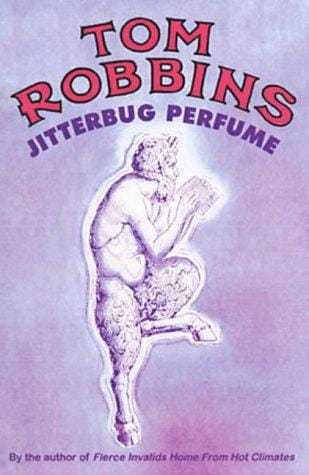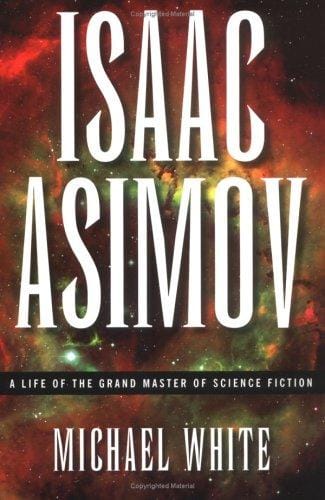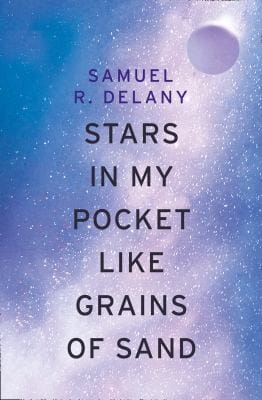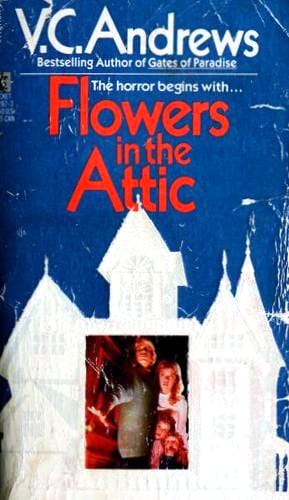Starship Troopers: From Page to Screen and Beyond
Explore how Starship Troopers evolved from Heinlein’s novel to Verhoeven’s satirical film, shaping science-fiction culture, gaming, and debates on war and citizenship.
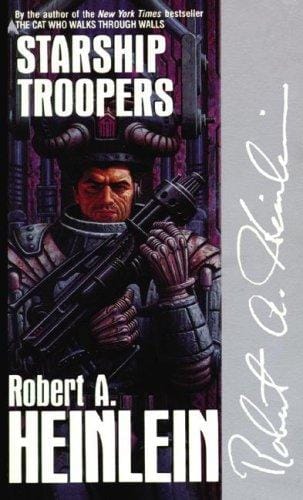
Introduction: Why "Starship Troopers" Still Matters
When Robert A. Heinlein published "Starship Troopers" in 1959, he was crafting more than a hard-charging military adventure; he was laying the groundwork for one of science fiction’s most debated franchises. Decades later, Dutch director Paul Verhoeven turned the novel into a 1997 film that fused explosive action with razor-sharp satire. The result is a property that continues to inspire readers, moviegoers, game designers, and cultural critics alike. This article explores the novel, the movie, and the enduring legacy that keeps "Starship Troopers" in the spotlight.
The Original Novel: Heinlein’s Militaristic Thought Experiment
Heinlein’s Hugo Award–winning novel follows Juan “Johnny” Rico, a privileged youth who joins the Terran Federation’s Mobile Infantry to earn full citizenship. Set against an interstellar war with the arachnid “Bugs,” the story blends high-tech combat suits, coming-of-age trials, and philosophical classroom debates. Heinlein, a former naval officer, used Rico’s training and deployments to explore civic responsibility, the value of service, and the moral calculus of warfare.
Critics have alternately praised the book for its realistic depiction of futuristic soldiery and condemned it for an apparently pro-militarist stance. However, Heinlein’s own letters suggest he intended the novel as both advocacy and caution. The Federation’s franchise—that only veterans can vote—raises questions about who deserves power and how societies motivate citizens to defend them. More than sixty years later, the novel remains required reading at several military academies while continuing to fuel lively classroom debates in political science and ethics courses.
Paul Verhoeven’s 1997 Film: Satire in Power Armor
When Hollywood finally adapted the novel, screenwriter Ed Neumeier and director Paul Verhoeven tossed out Heinlein’s inner monologues and classroom essays. In their place they injected soap-opera romances, newsreel parodies, and a deliberately glossy, almost fascistic aesthetic. Casper Van Dien’s Johnny, Denise Richards’s Carmen, and Neil Patrick Harris’s psychic Carl inhabit a world of perfectly groomed soldiers and omnipresent propaganda.
Verhoeven, who grew up in Nazi-occupied Netherlands, amplified the novel’s militaristic elements to absurd proportions. He famously claimed he could not finish Heinlein’s text, finding it too “boring and depressing,” so he chose parody instead. The result confused early audiences; some cheered the bug-blasting heroics, while others recoiled at the fascist imagery. Over time, however, critics re-evaluated the movie as a subversive masterpiece that weaponizes spectacle to critique the very jingoism it appears to celebrate.
Dual Readings: Straight Action vs. Subversive Commentary
One reason the film has aged so well is its ability to operate on two registers. On the surface, it is a rousing space-marine adventure featuring cutting-edge visual effects and gallons of gooey practical makeup. Beneath that slick exterior lies a savage send-up of state-sponsored militarism and media manipulation. Faux commercials urge citizens to “Do your part!” even as they showcase children gleefully stomping on cockroaches. The film’s R-rated violence, glamorous actors, and comedic timing lure viewers in before hitting them with uncomfortable questions about duty, sacrifice, and xenophobia.
Themes and Social Commentary
Both novel and film grapple with service, citizenship, and the societal cost of perpetual war, but they approach these themes from opposite angles. Heinlein’s text tends toward earnest exploration, asking whether voting rights should correlate with demonstrated civic commitment. The film, conversely, implies that equating citizenship with military service leads to authoritarianism.
Another shared theme is the dehumanization of the enemy. Heinlein’s Bugs act as a collective intelligence, mirroring human fears of relentless, unknowable foes during the Cold War. Verhoeven updates this anxiety for the post-Gulf War era, showcasing how a faceless enemy enables propaganda and justifies any atrocity. By depicting humans gleefully nuking insect planets, the film forces audiences to confront the ease with which “othering” can spiral into genocide.
Technological Fetish vs. Human Cost
Power armor in the novel and gleaming assault rifles in the movie emphasize how technology can both empower individuals and distance them from the consequences of violence. Heinlein’s suits augment strength and mobility, foreshadowing modern exoskeleton research. Verhoeven’s digital effects spotlight humanity’s reliance on high tech, even as battlefield casualties pile up. The contrast underscores a timeless message: tools evolve, but war’s human cost remains painfully constant.
Special Effects and Action Sequences
Industrial Light & Magic delivered groundbreaking CGI Bugs that seamlessly integrated with practical models created by Amalgamated Dynamics. The result was a visceral battlefield unlike anything seen in 1990s cinema. Limbs fly, ichor splatters, and armored transports shatter under bug plasma—yet the carnage never feels gratuitous; it serves the film’s thematic critique. The carnivorous Tanker Bug and brain-sucking climax became instant icons, influencing later franchises such as "Halo," "Gears of War," and even Marvel’s Chitauri hordes.
Franchise Expansion: Sequels, Games, and Anime
"Starship Troopers" spawned two direct-to-video live-action sequels, an animated feature, and a serialized CGI anime titled "Roughnecks: The Starship Troopers Chronicles." While budgets shrank, the universe expanded, exploring psychic warfare, bug homeworld politics, and interstellar diplomacy. Video games ranging from 2000’s real-time tactics "Terran Ascendancy" to 2023’s co-op shooter "Starship Troopers: Extermination" keep the IP alive in interactive form. Each iteration adds new weapons and bug types while maintaining core appeals: camaraderie under fire and ever-escalating alien hordes.
Cultural Impact and Legacy
Academics cite "Starship Troopers" in discussions of civil-military relations, while filmmakers mine its imagery for everything from armor designs to fascist chic satire. Pop culture references appear in "South Park," "Rick and Morty," and "The Boys," demonstrating the franchise’s cross-generational reach. Even the United States Marine Corps studied Heinlein’s depiction of small-unit cohesion when reviewing future war-fighting concepts.
The film’s prescient fake news clips now resonate in an age of viral videos and algorithm-driven outrage. Meanwhile, the novel’s focus on citizenship continues to spark debate amid global conversations about mandatory service and voting rights. Few works manage to remain culturally relevant for more than six decades; "Starship Troopers" has done so by encouraging every generation to interrogate its relationship with authority, warfare, and national identity.
Final Thoughts: To the Next Drop
Whether you read Heinlein’s novel as a patriotic hymn or a philosophical warning—or watch Verhoeven’s film as chest-thumping action or biting satire—"Starship Troopers" offers a multi-layered experience. Its bold blend of entertainment and provocation ensures that fresh audiences will continue to dissect its messaging and marvel at its spectacle. So gear up, citizen: the next drop awaits, and the discussion is far from over.
